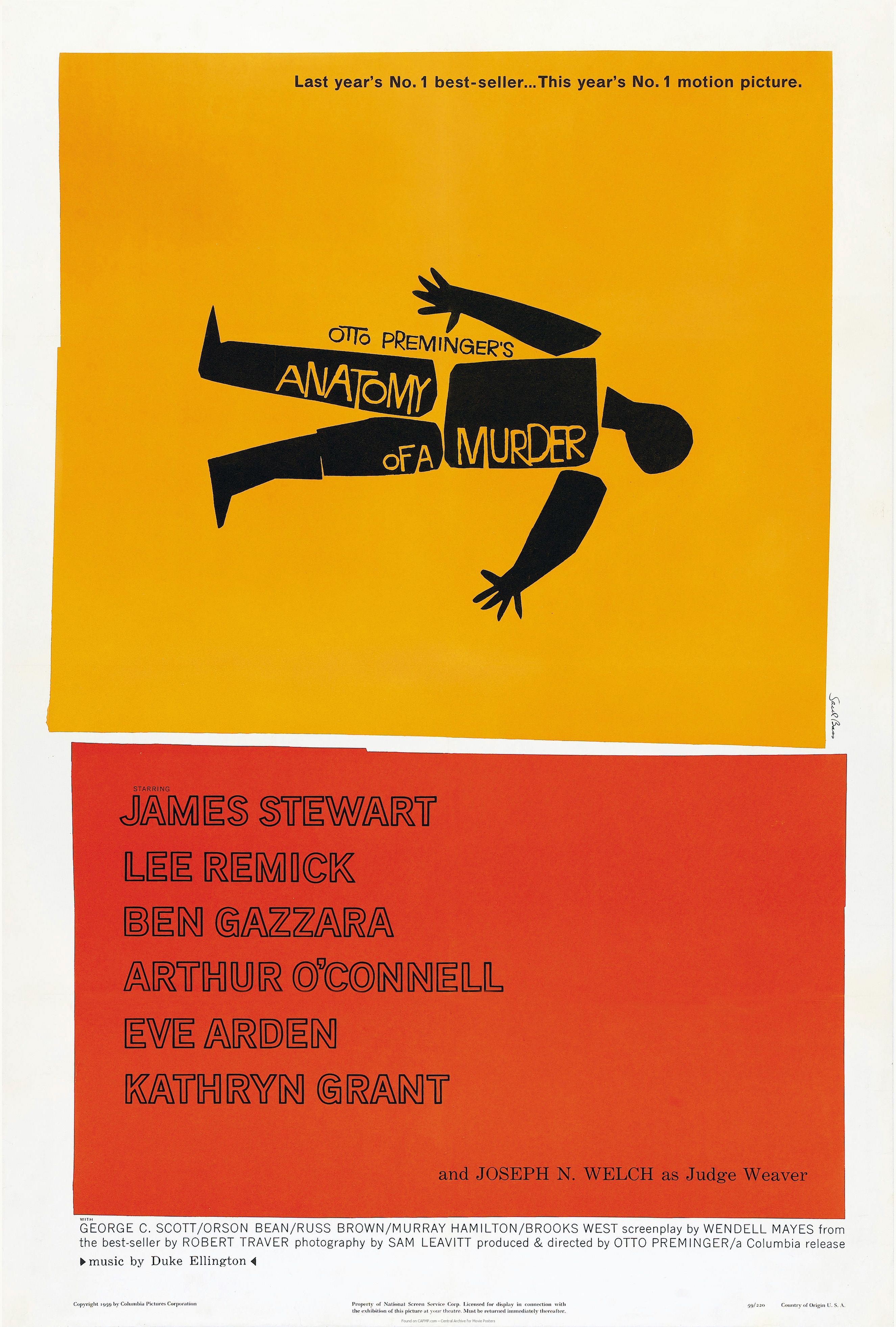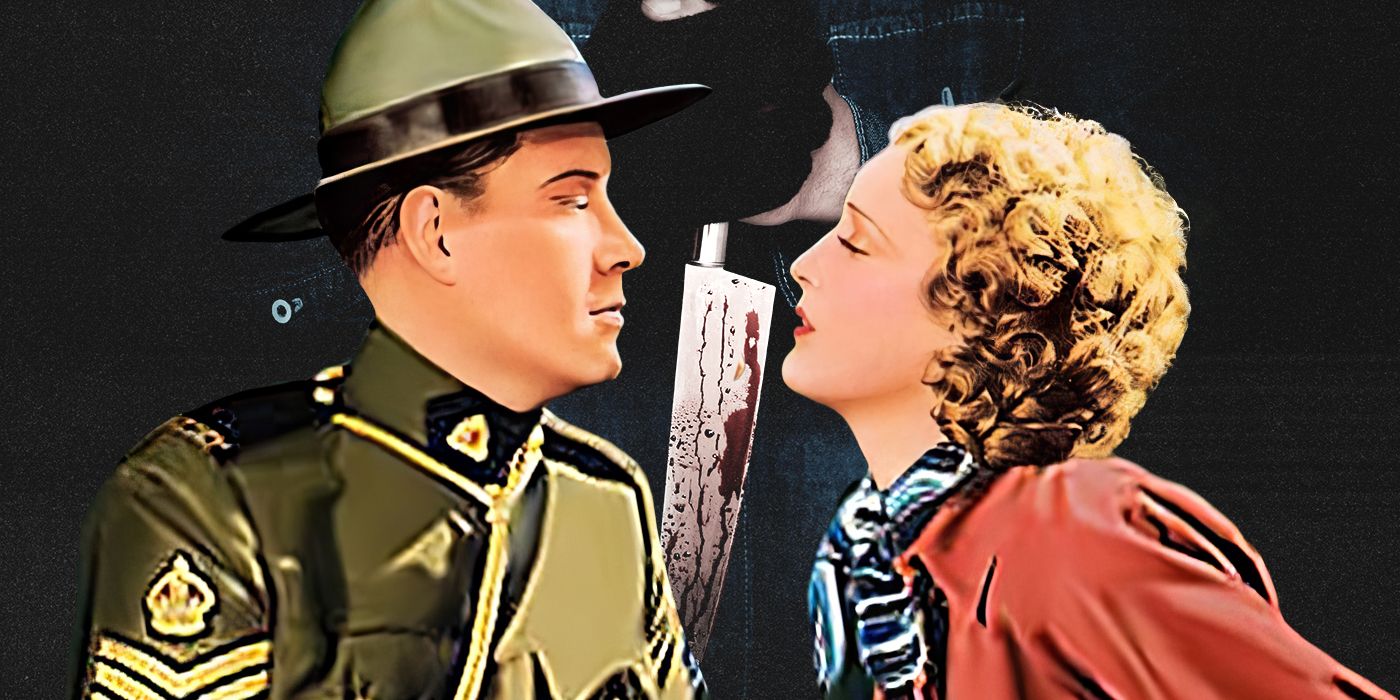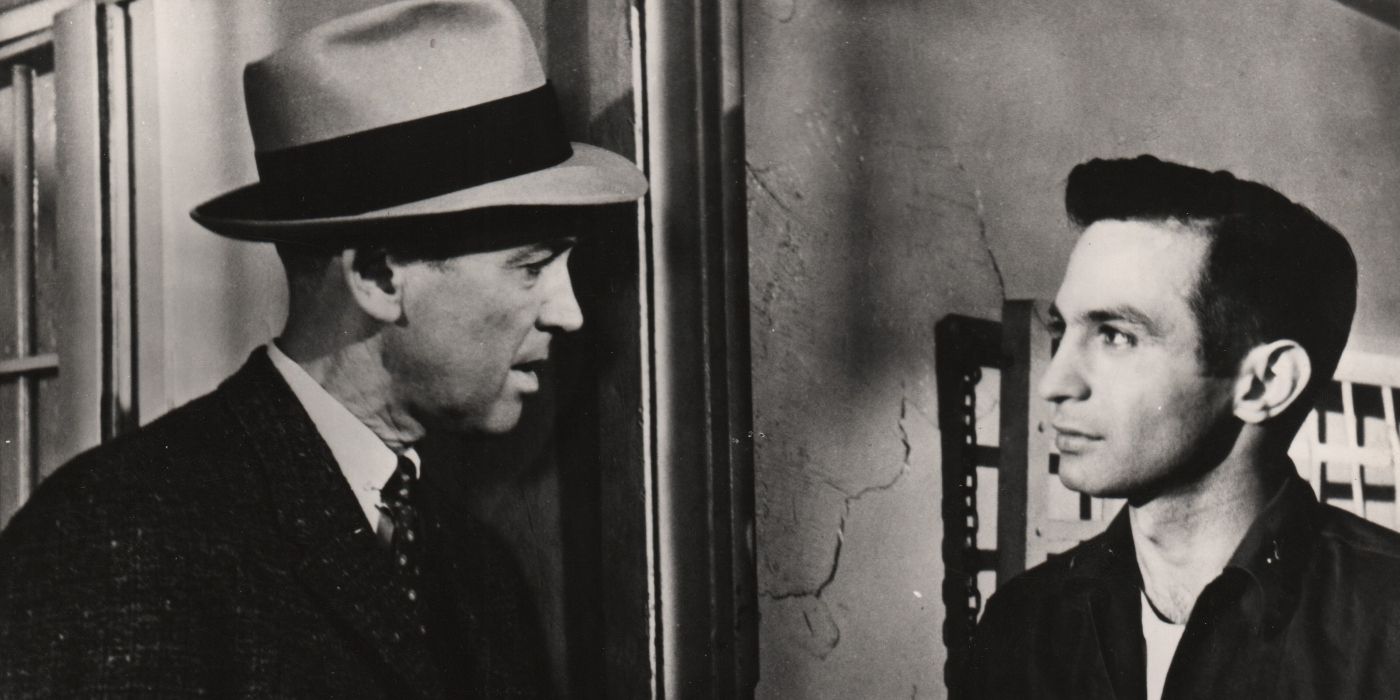Editor's Note: The following contains references to sexual assault.
The Big Picture
- True crime media desensitizes viewers to violence with gratuitous details & exploitation of subjects.
- Anatomy of a Murder broke barriers with crude language, reflecting complex societal issues in the justice system.
- Preminger's film defies courtroom drama norms by blurring lines between good & evil, challenging viewer perceptions.
In a culture dominated by true crime media and entertainment, audiences consuming grisly content with lurid details is nothing groundbreaking. Given Americans' high demand for in-depth examinations of violent crimes in film, television, book, and podcast form, it's clear we've undoubtedly become desensitized to violence. True crime has received its fair share of criticism for exploiting its subjects and glorifying its perpetrators. However, when the genre handles its stories with nuance and refrains from partaking in gratuitous brutality, it can teach us about the underbelly of American society. One landmark classic Hollywood film, Anatomy of a Murder starring Jimmy Stewart, appears tame today, but the raw depiction of a criminal investigation and unflinching legal trial that used forbidden crude language paved the way for our dark and cynical viewer tendencies.

Anatomy of a Murder
An upstate Michigan lawyer defends a soldier who claims he killed an innkeeper due to temporary insanity after the victim raped his wife. What is the truth, and will he win his case?
- Release Date
- July 1, 1959
- Director
- Otto Preminger
- Cast
- James Stewart , Lee Remick , Ben Gazzara , Arthur O'Connell
- Runtime
- 161 minutes
What Is 'Anatomy of a Murder' About?
Anatomy of a Murder, a noteworthy release in 1959, has not accrued the same legacy as other classics of the 1950s today. The film by Otto Preminger is often ignored in the checklist of classic films drafted by budding cinephiles, but its impact on contemporary filmmaking and media alike certifies its greatness. Based on the 1958 novel of the same name by John D. Voelker, a Michigan Supreme Court justice under the pen name Robert Traver, Anatomy of a Murder follows the trial of a soldier, Lt. Frederick Manion (Ben Gazzara), charged with murdering an innkeeper who raped his wife, Laura (Lee Remick). Manion is defended by small-town Michigan lawyer, Paul Biegler (Jimmy Stewart), a former district attorney living a leisurely life until accepting a case involving insanity pleas, morbid details, and various moral quandaries.
Anatomy of a Murder, which received seven Oscar nominations at the 32nd Academy Awards, is filled to the brim with exceptional talent above and below the line. It stars Jimmy Stewart at the peak of his abilities as a stirring dramatic presence, rising stars in Ben Gazzara and George C. Scott (playing prosecutor Claude Dancer), and reliable character actors in Arthur O'Connell and Murray Hamilton. The film also features the work of acclaimed opening credits artist Saul Bass, who left behind an instantly recognizable poster, and it is scored by none other than jazz legend Duke Ellington. This accumulation of talent created one of the finest courtroom dramas in history. With gripping cross-examinations, rousing testimonies, and an unpredictable verdict, Preminger's film epitomizes why Hollywood has routinely returned to the courtroom in the last 60 years to create its most exciting movies — even if 99% of trials in real life are incredibly dull.
Classic Hollywood films are often labeled as sanitized, both formally and textually. This claim is not entirely unjustified, as moral panic surrounded cinema at a substantially higher level, in large part due to the Hays Code, a set of industry guidelines for the self-censorship of content deemed obscene that presided over major releases from 1934 to the late 1960s. Governed by conservative values that restricted perverse language and sexuality onscreen, the classics relied on the imagination of the viewer to fill in these voids, which is not the worst thing for an artistic expression to inspire. In any film that challenges these doctrines, such as Anatomy of a Murder, the shock value of its themes and message is only heightened.
'Anatomy of a Murder' Uses Language That Movies Hadn't Used Before
Preminger's film, written by Wendell Mayes, was marred in controversy for its use of crude language. The script featured blunt vocabulary often censored in motion pictures, including "bitch," "panties," "rape," "slut," "sperm," and "climax." The language, pertinent to the trial, emphasizes the "anatomy" element of Anatomy of a Murder, as the film deconstructs American law in real time. Manion's trial comes down to a tug and pull between fact and narrative, and how the two intertwine, creating a murky portrait of the truth.
Biegler encourages witnesses to use forward language to express their testimony during cross-examination. The courtroom audience uproariously laughs when the word "panties" is first uttered, relating to the undergarments worn by Laura Manion. Because the trial is framed around sexual assault, descriptions need to be crass to capture the horror of the alleged rape. The film studies the law through an etymological lens, showing how the historical implications of words can manipulate our interpretation of the truth.
People Wanted 'Anatomy of a Murder' Banned
The unprecedented display of crude language drew the ire of the mayor's office. After the film was previewed in Chicago, Mayor Richard J. Daley sought to have it banned in the city. The state's District Court ruled against Daley's plea to have Anatomy of a Murder removed from the city, deeming it unconstitutional, but before the ruling, the film was temporarily banned. Despite passing the ratings board, The National Catholic Legion of Decency, a group dedicated to policing objectionable content, said that the film "exceed[ed] the bounds of moral acceptability and propriety in a mass medium of entertainment."
Preminger has a storied track record regarding films with hot-button topics. His Frank Sinatra and Kim Novak-led drama, The Man with the Golden Arm, tackles drug addiction. Preminger's noir masterpiece, Laura, chillingly examines male obsession with the opposite sex. Anatomy of a Murder, or any of Preminger's films, are not provocative for the sake of shock value. They engage with complex subjects that require an unflinching attitude. If the language of the text is sanitized, the issues will feel cheapened.
'Anatomy of a Murder's Language Is Necessary to the Story
Antithetical to most courtroom dramas, Anatomy of a Murder refrains from placing the prosecution and the defense on rigid sides of good and evil. Lt. Manion, with his lack of remorse and sinister demeanor, is far from a wholly sympathetic victim. Biegler proves to be ambivalent about upholding the law. Instead, he accepts Manion as a client to further his career, and to receive an adrenaline rush from this thorny case. Because no violent actions are shown on screen, there's a chance that we're being actively manipulated throughout the film's lengthy runtime. Preminger comments on society's treatment of rape victims as promiscuous, with Laura's callous label as an "army slut" blurring the lines of truth and perception.

The Jimmy Stewart Western That Features a Real-Life Murderer
This Jimmy Stewart flick was deadlier than a Hollywood shootout.The director understands the power of words as a rhetorical device. Words can accentuate the grave magnitude of a murder or sexual assault, but they can also cloud the judgment of a juror. During the trial, after the judge sustains an objection made by the prosecution, Manion asks his attorney, "How can a jury disregard what it's already heard?" Biegler responds calmly responds, "They can't, Lieutenant." While a jury is expected to hear a case with a clear mind, humans cannot remove past judgment and connotations, even when it comes to how we process a word as seemingly juvenile as "panties."
It should come as no surprise that Anatomy of a Murder is one of the most celebrated courtroom dramas for its artistic merit and its legal accuracy. More than any script by Aaron Sorkin or screen adaptation of a John Grisham novel, the film by Otto Preminger lives and breathes inside an American courtroom. Inside the dignified walls of a trial, the subject can be quite grisly, a concept that Anatomy of a Murder understood better than any film that followed in its wake. Today, we expect crude language and unfiltered descriptions of harrowing crimes across all forms of true crime media, but in 1959, audiences were used to films taking off the rough edges.
Anatomy of a Murder is available to watch on Prime Video in the U.S.


